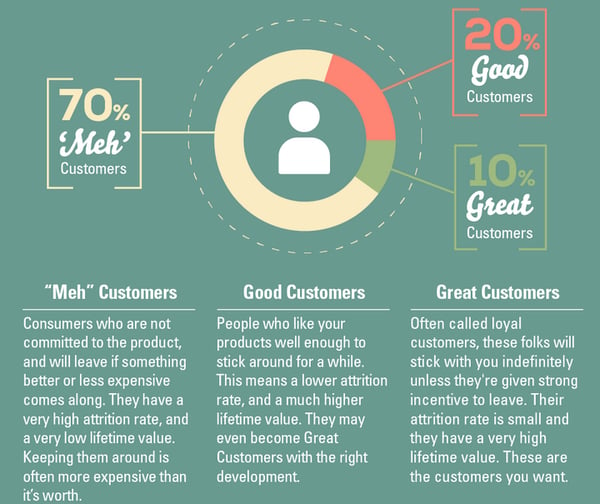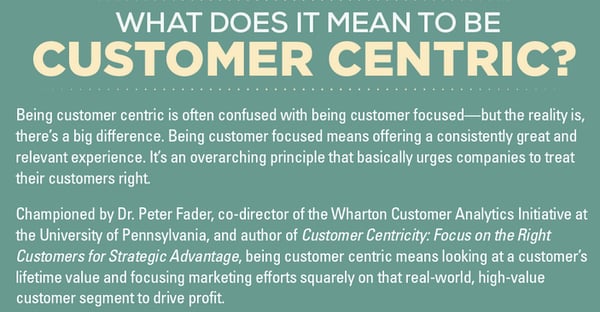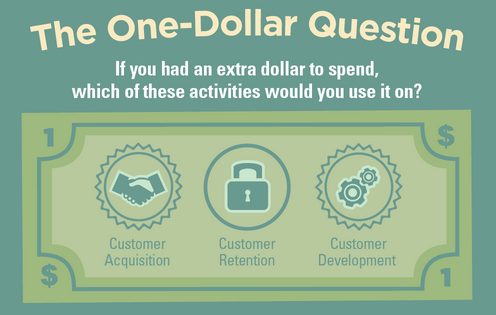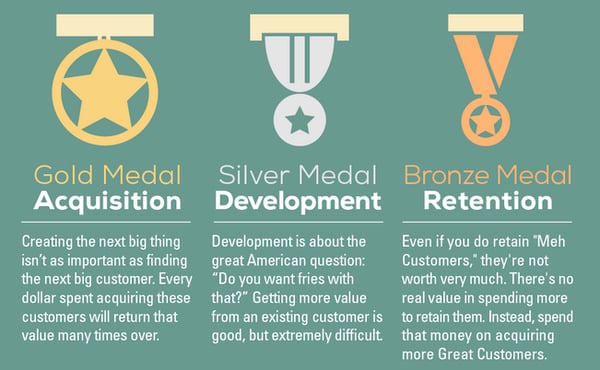
The concept of customer equality is the business equivalent of communism. The assumption that all customers are equal will bring you a superficial business stability that will ultimately result in a shameful collapse and profit loss of epic proportions.
While it is an imperative for businesses to provide the ultimate value of their products and services to customers, the question remains: are all customers interested in the ultimate value of what you are offering? Let’s address the elephant in the room and talk about Customer Lifetime Value - not all your customers find your products/services that valuable, therefore not all your customers are that valuable to you.
It is mathematically, statistically and financially impossible for all your customers to be equally valuable for the growth of your business. Not to over-generalize, but the average customer base of most businesses looks something like this:

Content Marketing in the Age of the Customer
Companies of all sizes and industries were quick to jump on the content marketing bandwagon. For one, they needed to stay relevant and adapt quickly to the ever changing landscape of customer decision-making process, which is now almost entirely conducted online. But most content marketing strategies lack one crucial component - customer-centricity.
Now, there’s an important distinction to be made here - being customer-centric is not the same as being customer focused. What does it really mean to be customer-centric?

The problem is most companies don’t know the real value of their customers and when asked about it, their answers are based on assumptions rather than on the collected business data. Do you happen to know your Customer Lifetime Value? You should, otherwise you are losing on profits as you read this.
Strictly speaking, customer-centricity means prioritizing and focusing on your best customers - they should be the core of your marketing and sales strategies, because it is your best customers that drive your business.
Content marketing holds a great promise for companies of all sizes and industries. But too often this otherwise effective marketing technique is not utilized correctly and ends up not delivering the promised ROI. The major reason is misplacing the customer at the center of the content journey.
The Copernican Revolution: Your Business Revolves Around the Customer
Know what your customers want most and what your company does best. Focus on where those two meet.
Kevin Stirtz
Customer-centricity isn’t about solely focusing on your most profitable customers - it’s about acquiring actionable knowledge and data about your customers.
How to Become Customer-Centric?
So, you want to know how you can become customer-centric and create a more sustainable business? Priorities. Let’s be honest here, we all know what Einstein considers the only two (probably) infinite things. No, he never mentioned your marketing and sales resources. To emphasize- priorities.

The one dollar question is a perfect example of how you can effectively structure your business priorities. So what would you focus on? Customer acquisition? Customer development? Or customer retention?
If you are looking for business sustainability and ease in customer acquisition, upsells and retention, you need to adopt a customer-centric approach to your marketing and sales processes. Here are three crucial steps to follow:

Would you like to elaborate on the customer-centric approach to business development? Make sure to leave us a comment below.


